When it comes to baking, sometimes even recipes that claim to be simple fail to explain the proper technique for measuring flour. Recipes found in cookbooks and established websites call for measurements of ingredients that have been tested multiple times (sometimes even by weighing them) to ensure a perfect dry-to-wet-ingredient ratio. Though it seems like you should just be able to dig your measuring cup into the flour bag and shake off the excess, this can result in the flour getting packed too tightly. Too much flour can create a dense or dry dough, that may not be life-threatening, but can certainly be special-occassion-sabotaging. A little effort invested into getting an accurate measurement will ensure that you don’t waste your limited time and money, and will help you get light and soft baked goods.
Tools:
Flour
1 Mixing bowl
1 Small bowl
1 Measuring cup
1 Knife
Directions:
1. Use a measuring cup to scoop out a heaping cupful of flour.
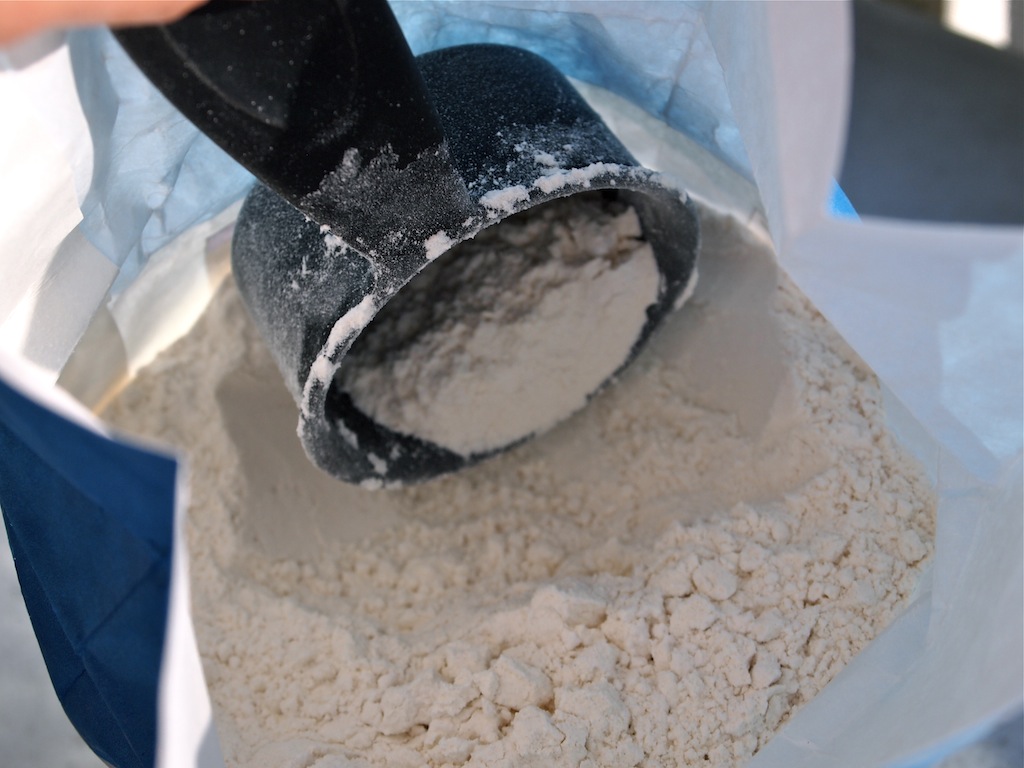
Photo by Kendra Valkema
2. Dump the flour into a small bowl.
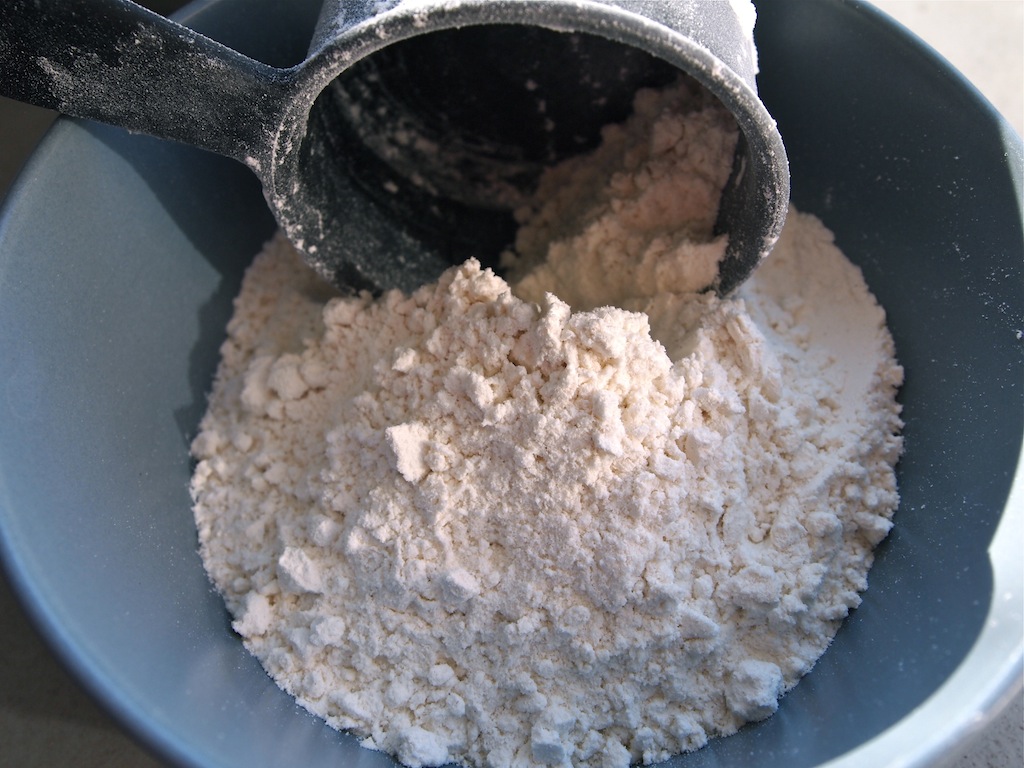
Photo by Kendra Valkema
3. Use your measuring cup to break up any hard chunks in the flour and to lightly fluff the flour. Then, scoop up a large cupful of the flour into the measuring cup.
4. Use a knife to level off the top of the measuring cup, making sure to slide the dull side of your knife across the top of the cup to scrape off the excess instead of pressing it down to flatten the flour.
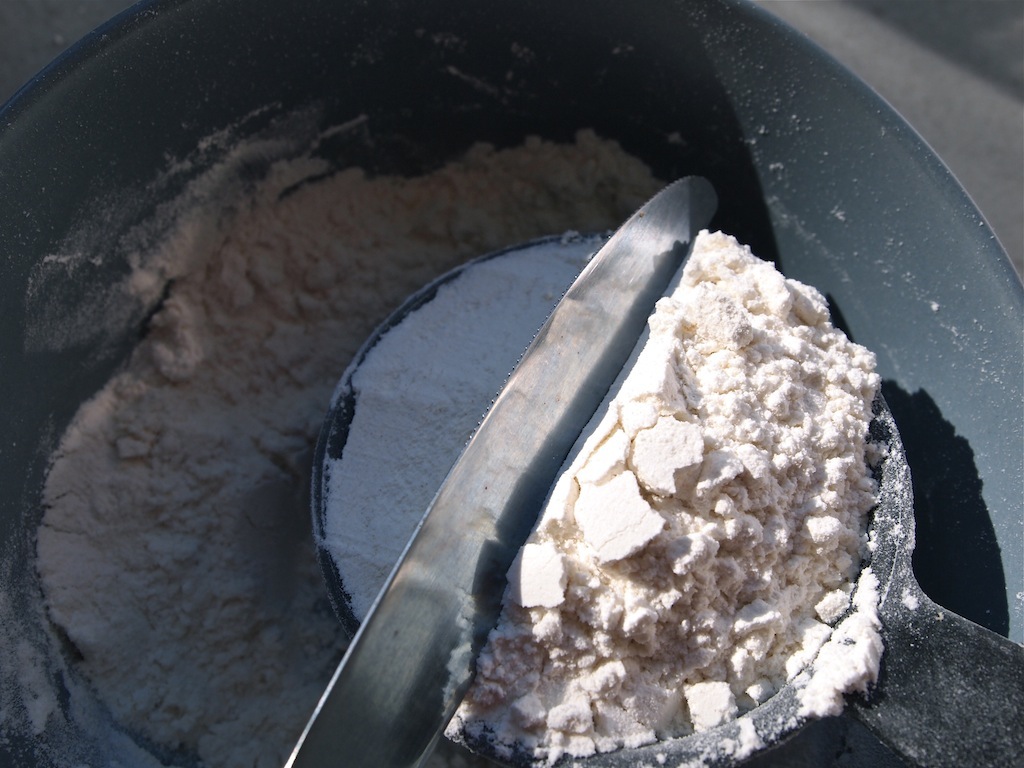
Photo by Kendra Valkema
5. A well-measured cup should have a flat surface and feel relatively light.
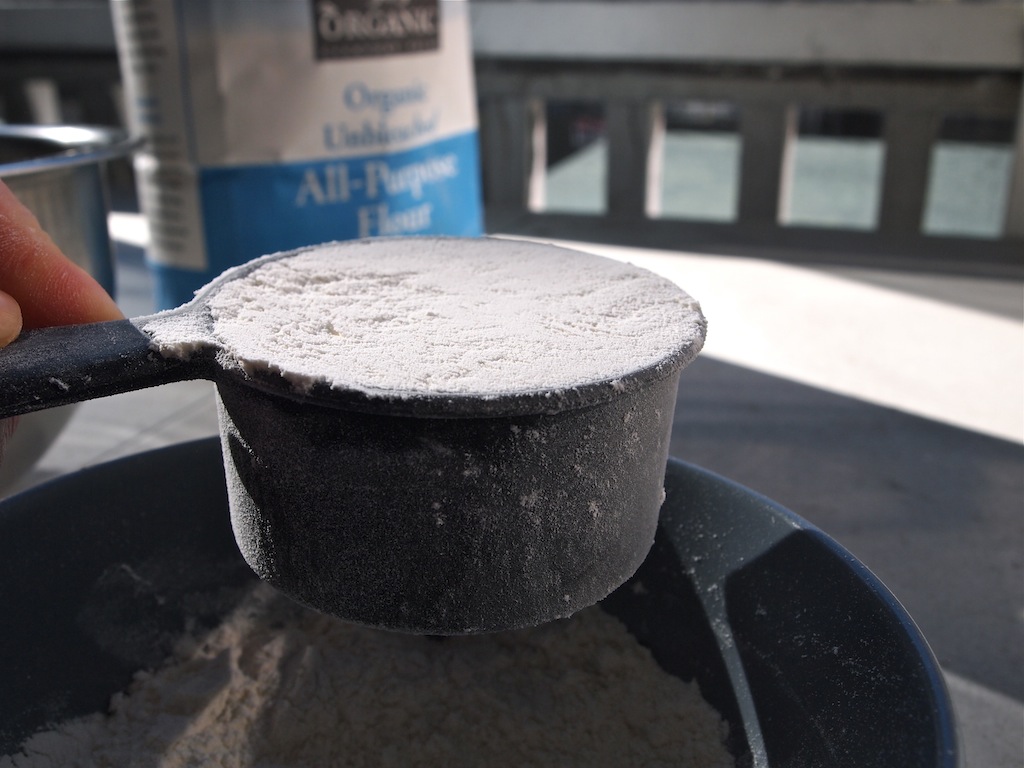
Photo by Kendra Valkema
6. Dump the measured flour into your mixing bowl. Repeat as necessary for the recipe.
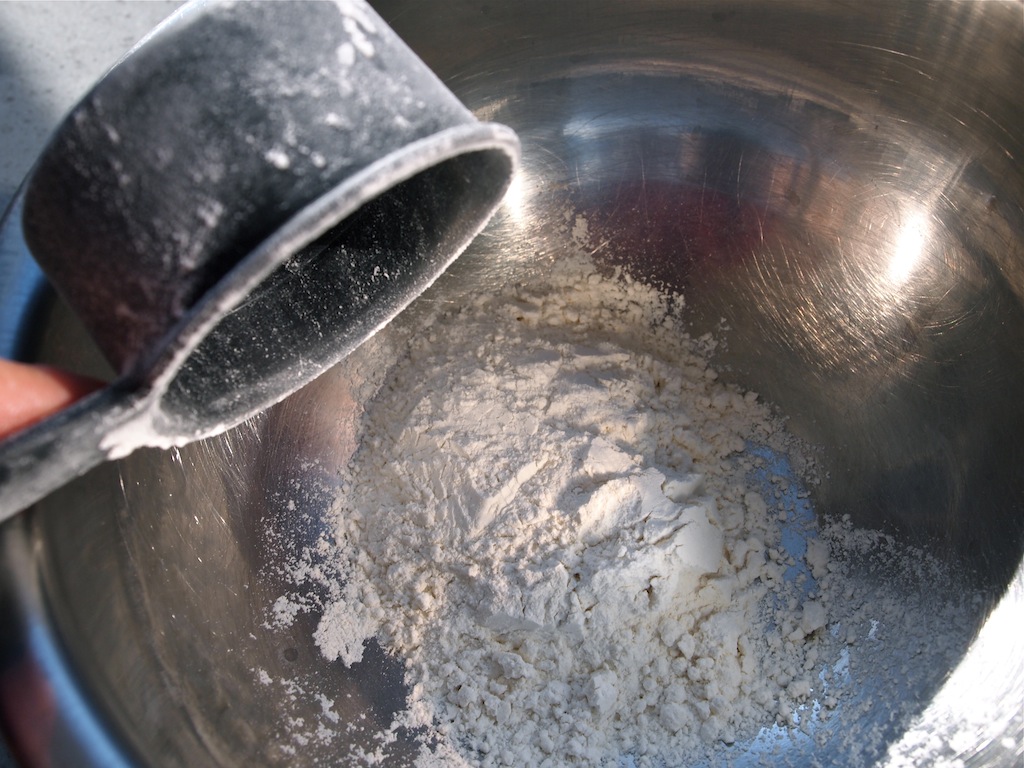
Photo by Kendra Valkema
Tip: Use a half-cup measuring cup or smaller. Though you’ll have to double the number of cupfuls indicated by the recipe, the smaller cup size lends itself to more accurate measurements. Larger measuring cups tend to pack the flour in at the bottom due to the sheer amount of flour in the cup.

